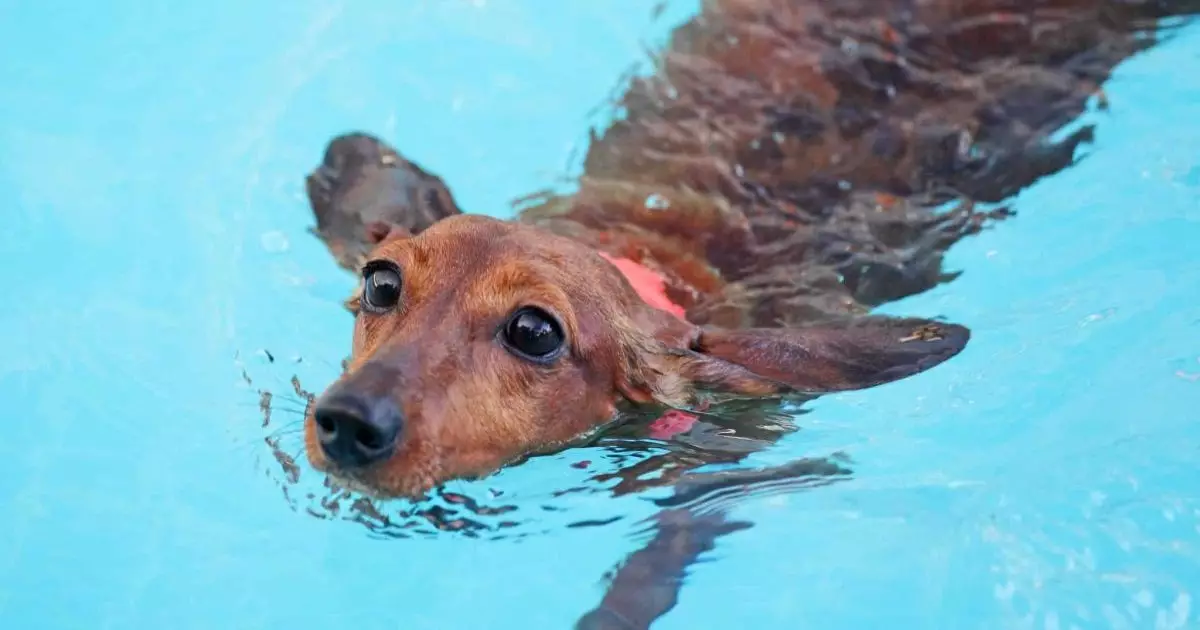Enriching your dog’s life with movement is as essential as feeding them a balanced diet. Keeping our furry companions playful and engaged elevates their spirits and strengthens the bond we share with them. However, not every playful romp is beneficial; in fact, neglectful play can lead to severe long-term consequences, especially for a dog’s spine. High-impact activities, like jumping and rapid sprints, although thrilling for them, can create undue stress on their vertebrae and surrounding structures. By adopting a mindful approach to play that focuses on spinal health, we don’t just avoid injuries; we enhance our pets’ overall well-being and longevity.
Understanding the anatomy of a dog’s spine is crucial for tailoring suitable activities. The canine spine comprises a series of vertebrae, intervertebral discs, and delicate nerves, all of which can be easily compromised through strain. Breeds predisposed to spinal issues, like Dachshunds and German Shepherds, stand at a higher risk with dynamic play. However, spinal care isn’t relegated solely to those with known issues—it is pertinent for all dogs, as even the healthiest pups are susceptible to wear and tear over time. Implementing spine-smart activities fosters stability and strength while maintaining an engaging atmosphere for your pet.
Thriving with Gentle Movement
To curate a play routine that empowers your dog’s physical health, strive for activities that emphasize controlled movements. Walking, for instance, is an excellent foundation. But don’t just limit these outings to the standard sidewalk; include natural terrains like grassy fields or dirt trails that encourage muscle development and balance. Steep inclines and slick surfaces can prove detrimental, so ensure the setting is safe and accessible. As a general rule, keep the leash relaxed, allowing your dog to navigate at their own pace, especially crucial for senior dogs whose stamina may be waning.
Beyond walks, implementing scent games provides both mental and physical stimulation. Simple exercises, such as hiding treats around the house or yard, challenge your dog’s natural hunting instincts. This activity not only encourages a gentle stretch of the spine but also promotes confidence while allowing them to move in a relaxed, controlled manner. Introduce complexity gradually to maintain engagement and prevent frustration.
Tugging and Agility for Fun and Fitness
When done correctly, tug-of-war can be an incredibly safe and enriching game. Choose soft, flexible toys to minimize injury risk, and favor horizontal movements over vertical yanks. Letting your dog emerge victorious reduces tension and keeps the game enjoyable. Exteriorizing the activity, keep sessions short and remove your pup from play if you notice signs of stress or excessive excitement.
For those with agility aspirations, create a series of low-impact obstacles in your backyard. For example, use cones for weaving or step-over bars to encourage coordination without height concerns. This allows your dog to develop essential skills while keeping jumps minimal and manageable. Focus on technique over speed to ensure their physical safety.
A particularly spine-friendly activity that every dog can enjoy is swimming. This exercise is immensely beneficial, leveraging water’s buoyancy to relieve pressure off the spine while promoting comprehensive body movements. Whether your dog is recovering from injury or just enjoying a sunny day, swimming strengthens their musculature and improves flexibility without the risk of impact injuries. Just ensure you use a well-fitted life jacket for safety, especially with small or inexperienced swimmers.
Activities to Avoid for Spinal Wellness
Being proactive in keeping your dog’s spine healthy includes recognizing activities that warrant caution or avoidance altogether. High jumps, roughhousing with larger dogs, and fetch games on hard surfaces should be closely monitored or even excluded entirely. Such actions can result in acute injuries that may take time and treatment to overcome.
It is essential to observe your dog during these activities. If they exhibit signs of discomfort – such as hesitance or stiffness – it may signal a need to rethink your play choices. The goal of spine-smart play is to empower rather than restrict our dogs. Innovative, mindful engagement helps prevent injury while fostering joy and vitality that lasts a lifetime.
Indeed, building an active lifestyle that protects our pets today pays dividends for their mobility and comfort in the future. By prioritizing spine-safe play, you’re ensuring that your dog remains a vibrant, enthusiastic companion at every age. Embrace these thoughtful practices to create an enriching atmosphere that balances both safety and fun.

